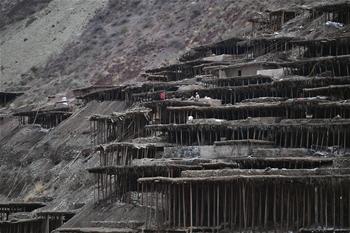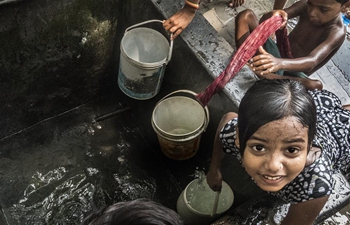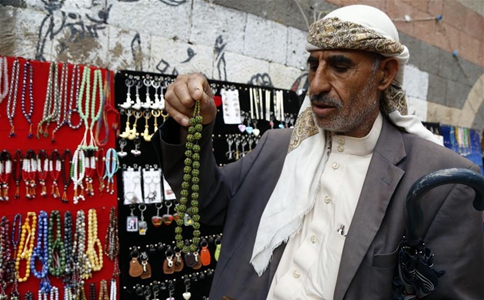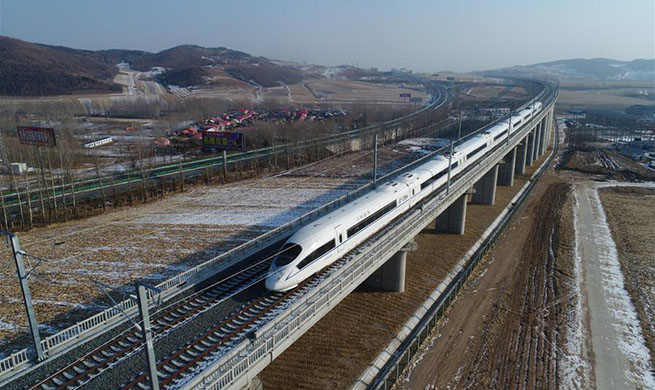OSLO, May 23 (Xinhua) -- New research showed that 80 percent of those who had been injured in the terror attacks on July 22, 2011, in Norway had chronic pain three to four years later, newspaper Aftenposten reported Thursday.
The researchers wanted to find out whether the injured had pain, disabilities and psychological repercussions after the attacks.
The study showed that 24 of the 30 interviewees had chronic pain, 22 out of 30 said they had a poor physical health, while 12 out of 30 had symptoms of anxiety and depression.
Far-right extremist Anders Behring Breivik set off a car bomb that killed eight people outside government headquarters in Oslo on July 22, 2011 and then killed 69 others in a shooting rampage on Utoya island, where young members of the governing Labor Party had gathered for their annual summer camp. More than 300 people were injured in the attacks.
In the research, seven of the interviewees were injured in the government headquarters explosion and 23 in the Utoya island massacre.
"Our findings are in line with other research showing that injuries suffered in such extreme circumstances give far more pain in the long run than, for example, planned surgery," Kristin Wisloff-Aase, staff physician at Oslo University Hospital, told Aftenposten.
"Disability, scars or pain can be a constant reminder of the incident and increase anxiety reactions. In addition, high anxiety in the body will make the patient more aware of the pain. The emotional, physical and pain-associated consequences will affect each other mutually, and one can get into negative spirals," she added.
Grete Dyb, professor and research director at the Norwegian Center for Violence and Traumatic Stress Studies, stressed the importance of good health care for people who are affected both by physical harm and psychological trauma.
"They have had to deal with the stress reactions by seeing people being killed and being in life danger themselves, in addition to surviving and recovering from the injuries. They got a double burden. The research that is now presented shows that they have complicated and very complex needs for treatment over time," Dyb said.
Many patients had so-called neuropathic pain that came from damaged brain or spinal cord or on the nerves that connect the rest of the body with the spinal cord.
Although everyone had received follow-up in the health service after the hospital stay, many needed long-term follow-up of specialist health service, the research showed.













